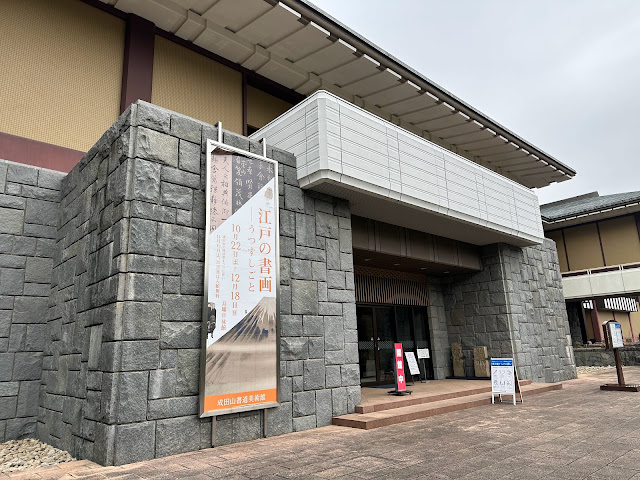江戸の書画 うつすしごと(成田山書道美術館) Reproducing Words and Paintings During the Edo Period (Naritasan Museum of Calligraphy)
書画の世界においては、先人たちの作品をうつすことによって、その精華を後世に伝え、またそこから新たなものを作り出してきた。
江戸時代の時の流れにそって、そうしたうつされてきた書画の作品を展示した展覧会。
藤原定家の独特な書のスタイルは、定家様と呼ばれて、江戸時代に至るまで受け継がれてきた。家康のよる定家の書の模本には、その広がりの大きさがうかがえる。
江戸時代の初期に出版が盛んになると、藤原定家を初め空海や小野道風などの名筆を納めた書物が出版されて、一般庶民にも広まるようになっていった。
江戸時代の中期や後期になるど、中国の書家についての知見も広まり、日本の書の文化はますます華やかになっていった。
この展覧会では、浮世絵や若冲に代表される江戸絵画とは少し違った、江戸時代の文化の流れを知ることができた。
In the world of calligraphy and painting, by transferring the works of our predecessors, we have conveyed their essence to future generations and created new things from them.
This exhibition presents calligraphy and painting works that have been transferred in line with the flow of time in the Edo period.
Fujiwara no Teika's unique style of calligraphy, called Teika-yo, has been passed down to the Edo period. Ieyasu's copy of Teika's calligraphy gives us a glimpse of its spread.
When publishing became popular in the early Edo period, books featuring the famous calligraphy of Fujiwara no Teika, Kukai, and Ono no Michikaze were published and became popular among the common people.
In the middle and late Edo period, knowledge about Chinese calligraphers spread, and Japanese calligraphy culture became more and more gorgeous.
In this exhibition, I was able to learn about the flow of culture in the Edo period, which was slightly different from the Edo paintings represented by ukiyo-e and Jakuchu.




コメント
コメントを投稿